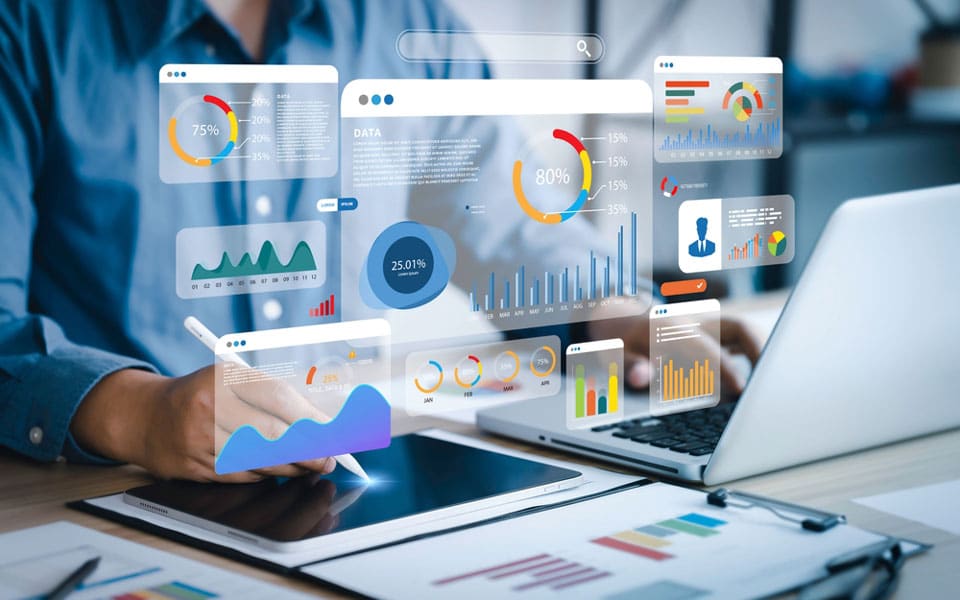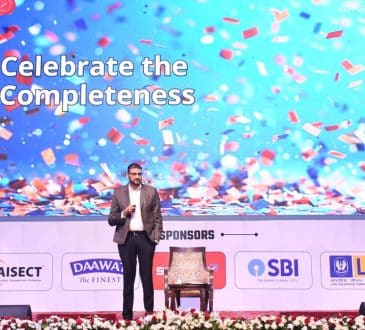9 ways AI will change HR and make it more ‘human’

I recently sat down with two ‘maestros’ of business, namely Marco Di Dio Roccazzella, General Manager at the known consultancy firm Jakala, and Norman Pagani, an HR expert coming from the world of big FMCG.
Everyone says that the AI revolution is only at its beginning, and it will quickly become an integral part of our daily personal and professional lives. AI – a machine, so to speak – will change the way we hire, manage, nurture, lead and probably fire or retire our employees, even though that may sound a bit paradoxical.
What is the challenge and the opportunity at hand?
The main challenge of any company is always the same, which is to empower the entire organization, by making it more effective and able to control an ever and fast changing business environment.
Where is HR in this transformation?
The HR department, when it comes to dealing with AI, comes in from two perspectives; both as a team who must facilitate the organizational transformation towards AI, and as a function in transformation itself, with all its policies and processes. HR needs to review their operations, using AI to reach impact, with maximized efficiency.
What are the nine areas, where AI will change the HR job the most?
Here they are, according to our two experts.
- Talent acquisition
Recruitment in the digital era means screening hundreds of CVs, for multiple positions open at the same time. AI could – and we park for a second the privacy concerns that we all rightfully have – analyze data from resumes, texts available all over the internet, interviews and videos, and social media activity, and identify the most suitable candidates for open positions, probably better than any human can. As already shown by Malcolm Gladwell, AI can be programmed to minimize biases, errors, prejudices, stereotypes, and will prove HR and management with a best fit for the job, and a better bang for the buck. Even before that, AI can define org charts, draft job descriptions, and identify needs within any department, with solid benchmarking to competitors and industry leaders, before activating the hunt for the right candidate. - Induction & onboarding
Oh, the onboarding week! That is an interesting one. AI can make this activity more engaging and effective, by providing useful information, feedback, and support, through chatbots, ad hoc videos, and apps & maps, which can guide anyone across the organization. Plus, onboarding could finally be ultra-personalized, especially for middle managers, who come from different backgrounds, companies, and cultures, and are supposed to quickly hit the road and show their worth. An AI companion could be your best ally and sidekick in cracking your first 90 day on the job, giving you instant access to what you need to perform in your daily tasks. Forget the induction week, which will become obsolete. - Succession planning & internal mobility
This is big one. Nobody at your company knows your background, and what you are capable of, thanks to your skills and history. AI facilitates employees’ mobility within the organization by analyzing the skills and experience developed and to be developed, performance and ratings, organizational needs, and people’s expectations. AI can and will create proposals and recommendations for succession and development plans, but proactively feed, early, ideas and projects for retention, suggesting career moves, training, and development opportunities, based on people’s skills, interests and goals. Maybe our next CEO will be picked, fairly and square, by AI. - Learning and development
AI designs and delivers effective and adaptive learning programs, by monitoring employees’ performance and learning needs first, and offering personalized and engaging content, across multiple formats – from videos to quizzes, to digital experiences, to suggestions of buddying opportunities and look-alike chats inside the organizations. Are you waiting for HR to publish the next curriculum of classes for the new year? That ritual is over. AI will run education, upskilling and reskilling, better than corporate or institutional academia. - Employer branding
AI will improve employee engagement and satisfaction by gathering and analyzing people’s feedback, feelings, and emotions, and proactively suggesting actions to improve organizational climate and culture. Can you read the room, let alone your whole organization? AI can, by simply sifting through data – in line with privacy, of course (data can be anonymized) – and swiftly generating ideas for a better business environment. The interesting part here is understanding what drives a potential culture drift, and where pain areas may be located. If a company’s problem is compensation, or canteen food, or limited parking, or any other reason, HR should know. Engaged employees become the best ambassadors of a brand and a company. - Compensation
I know, it’s hard to talk about money, especially in Europe or Asia Pacific. What we all need is an objective conversation about money, based on data and benchmarking. AI analyzes large amount of data, inside and outside the company, across markets, departments, and positions, considering variables such as skills, performance, experience, and market conditions. The least a company can do is to guarantee internal justice and fair compensation across genders, markets, and departments. And you can get to that level easily, once your AI copilot will have sifted through all company files, across multiple geographies and roles. I have done this alignment exercise myself, and a team of a few people did the whole review and reassessment of job descriptions and salaries in months. AI can do the same in seconds. Only then, you may want to consider going outside and use compensation as a weapon to attract the best talents. You don’t want them hired by your direct competitors. - Performance evaluation
Many companies have already expanded the reach of the performance evaluation ritual, trying to add to the traditional boss/employee relationship. AI can help assess people’s performance more objectively, and continuously, by better managing data from different parties and different sources, such as project management systems, getting and giving feedback early and with the right language or fashion, and fostering learning and broad sharing from mistakes or successes. - HR Analytics & workforce planning
The evolution of the labor market and upcoming social changes require us to consider an increasing number of parameters, when strategically planning our workforce. AI can analyze and cross-reference many internal and external companies’ data, improving, for example, policies aimed at better diversity & inclusion, compliance, governance, fairness, safe work environment, better smart working tactics, and long-term strategies for balance between work and private life. Technology is there exactly for this objective: give humans tool to make their work more human, indeed. AI is also able to help in workforce planning, as it can predict, manage, and optimize talent supply and demand, using predictive and prescriptive models based on historical data, market trends and future scenarios. - Internal communication
AI-based internal communication tools can facilitate employee information sharing, training, know-how sharing, and the development of knowledge management environments to support an individual’s training and information needs by providing quick and accurate answers to employee questions. AI can also support in creating more effective and relevant content for newsletters or corporate communications.
So far so good. Any final watch out?
AI feasts on data, and it is driven by algorithms. It therefore requires training on past data, which is full of biases. Moreover, AI needs HR professionals with high mental flexibility, and a mix of soft and hard/tech skills. For sure, any AI application to the world of HR and people’s data will need transparency, guidance, rules, and the final green light from the ‘human’, in flesh, HR professional, who can adjust and check against potential mistakes or hallucinations.
The integration of AI into the world of HR will allow for greater operational efficiency, reduction of cognitive bias, and enable more reasoned decision making, based on a broader and more structured information base. The HR guys can finally do what they do best, namely baby-sitting a transparent, balanced, cohesive, motivated, and resilient organization. Machines will make us more human if we do this well.
Written by Francesco Pagano.
Have you read?
These American Company Slogans (and Taglines) Everyone Knows.
America’s Best Investment Advisory Firms, 2023.
Report: These Are The Most Eaten Foods in the World, 2023.
Most expensive cars in the world, 2023.
These Are the Richest Cities in the World, 2023.
Richest Professional Football Clubs In The World, 2023.
Bring the best of the CEOWORLD magazine's global journalism to audiences in the United States and around the world. - Add CEOWORLD magazine to your Google News feed.
Follow CEOWORLD magazine headlines on: Google News, LinkedIn, Twitter, and Facebook.
Copyright 2025 The CEOWORLD magazine. All rights reserved. This material (and any extract from it) must not be copied, redistributed or placed on any website, without CEOWORLD magazine' prior written consent. For media queries, please contact: info@ceoworld.biz








